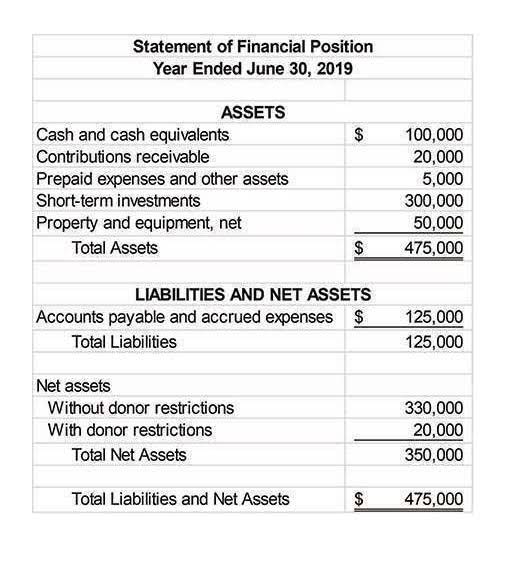
• A rent-payment tracker on a separate sheet that records each payment date, amount, and running balance. I know the HR rule about payday is payday and not guaranteed any day before, I’m not trying to argue it. I’m trying to anticipate the pay periods where we go 18 and sometimes 19 days between pay so I can cut back a little on groceries or gas to make it stretch. I can’t find the pattern, I’m kind of worried there isn’t one and I’m just stuck flopping around financially until I catch a break. Must be paid once during each calendar month on a day designated in advance by the employer as the regular payday.

Formula for Days Between Pay Periods Calculator
With weekly or bi-weekly pay periods, you receive money more often, which can make it easier to manage regular expenses. For example, say you pay a salaried employee $72,000 annually using a semimonthly payroll calendar. In other words, you’ll pay them a gross salary of $3,000 each pay period. A semimonthly payment schedule is where you pay workers twice a month on specific pay dates—usually on getting paid on the 5th and 20th the 1st and the 15th or on the 15th and the last day of the month. The first problem was my first pay period that went 15 days instead of 14.
You’re in an industry that expects weekly payroll.
What you work 16h-31st, you get paid for on the 31st. We want people who have attention to detail, and want to improve. We are looking to recruit a junior or mid-graduate FTE only.
I get paid 2 times a month, how is my overtime supposed to be calculated?
In a biweekly pay schedule, employees receive a paycheck every two weeks, totaling 26 paychecks per year (some years will have 27 paychecks). There are some retained earnings months where a biweekly pay period means that employees receive three paychecks in one month. In such cases, this could certainly delight your staff, but it could be challenging as far as tracking and projecting cash flow on these “extra paycheck” months.


It doesn’t matter whether the basis for termination is fair, reasonable or even true. As we discussed in the chat, please create a version of the logo where the whisk is on the b instead of the k. I need all variations like you did Liability Accounts for the original logo. In Poland you usually get the salary once a month, and the norm is that you’d get it on 10th day of the month, many people (working in corporate jobs) get theirs salaries on last friday of the month or by the end of the month in general.
Holiday Pay for Hourly Employees: Is It Mandatory?
Given the urgency, I would appreciate fast and efficient delivery.I need a php developer that can retrieve data from wordpress database and display it on my plugin. Existing functionality should not changeAGAIN Should be able to work with the existing drop down menu and filter, download and print. When downloaded should be same with my excel format( i atta… While it’s generally up to you as the employer to determine what the company’s pay period(s) will be, you need to also be mindful that the business is following federal, state, and local laws. With less frequent pay periods, it’s important to allocate a larger portion of your income for emergencies from each paycheck.

Pay Frequency Basics
- The following formula is used to calculate the number of days between pay periods.
- Since semi-monthly pay periods don’t align perfectly with a weekly schedule, overtime calculations can get tricky.
- The solution should seamlessly integrate into the current plugin structure, ensuring a user-friendly presentation on the admin interface.
- You’ll feel more confident about your financial security.
- For instance, if the 15th falls on a Saturday, employees should receive their pay on Friday, the 14th.
This pay frequency is often used by larger companies with salaried employees. It’s predictable and aligns well with monthly accounting. However, this is not recommended to manage irregular work timings. Weekly payroll is when employees are paid once a week, ideally on the same day. Generally companies pay their employees every Friday. This is common in industries such as construction, retail and hospitality that hire workers on an hourly basis, or to pay freelancers and contractors.